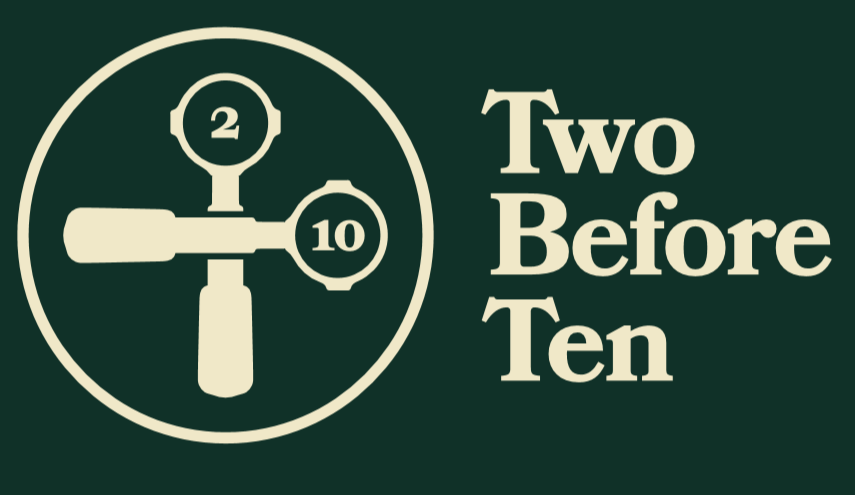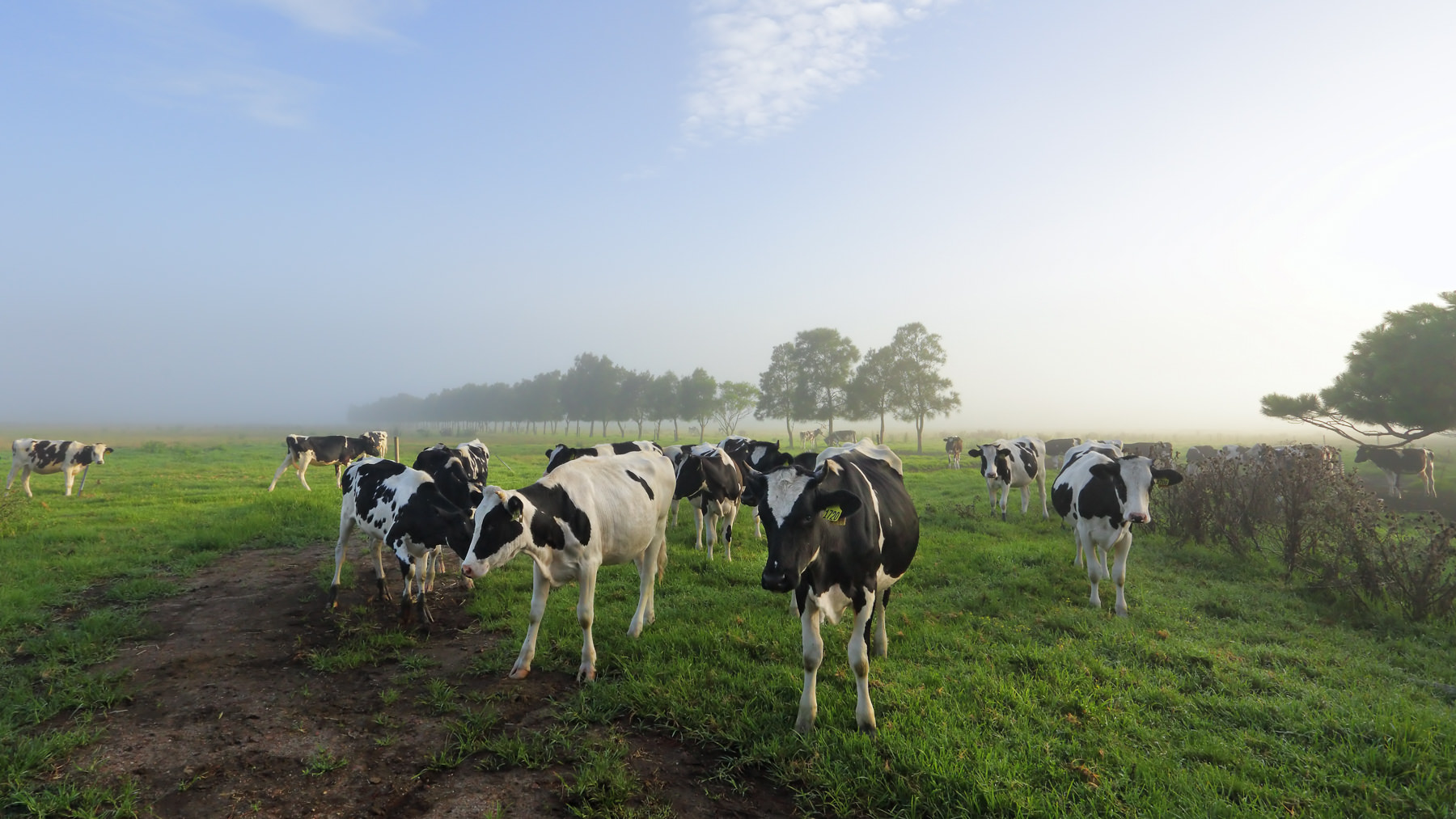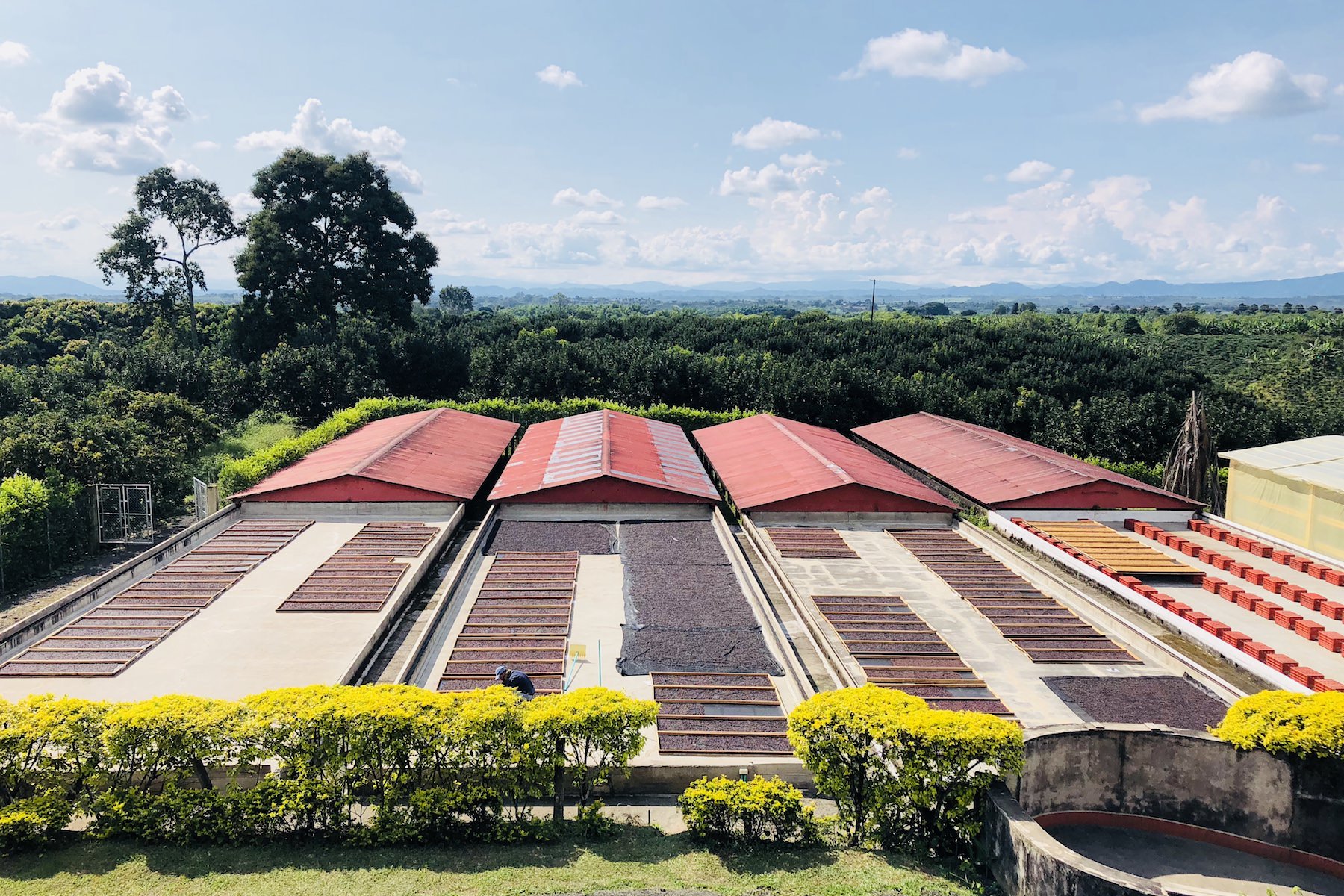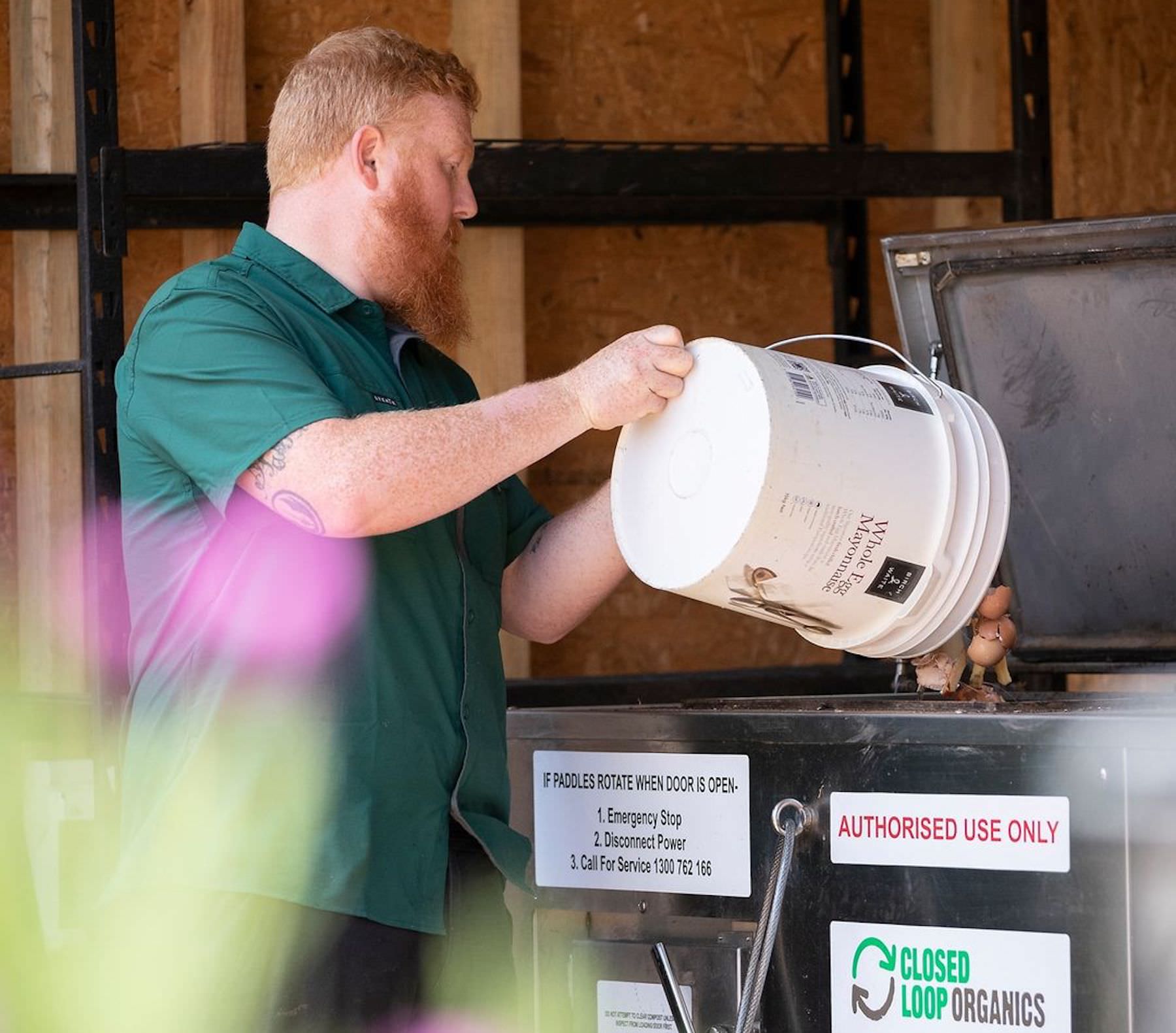Choosing the most sustainable milk alternative
Plant-based milk consumption - particularly when it comes to drinking coffee - has been steadily increasing in recent years, as people look to more sustainable milk options to lower their environmental footprint. In 2018 Australia ranked the highest in the world for its interest in veganism, with somewhere between 3 and 9% of the population identifying as vegan. The market for alternative "mylk" has responded with a huge range of options for those wanting to avoid dairy.
But with a number of concerns popping up, such as deforestation to plant soy crops, and the impact of the almond industry on bee populations, it can be a minefield trying to figure out what really is the most sustainable milk alternative.
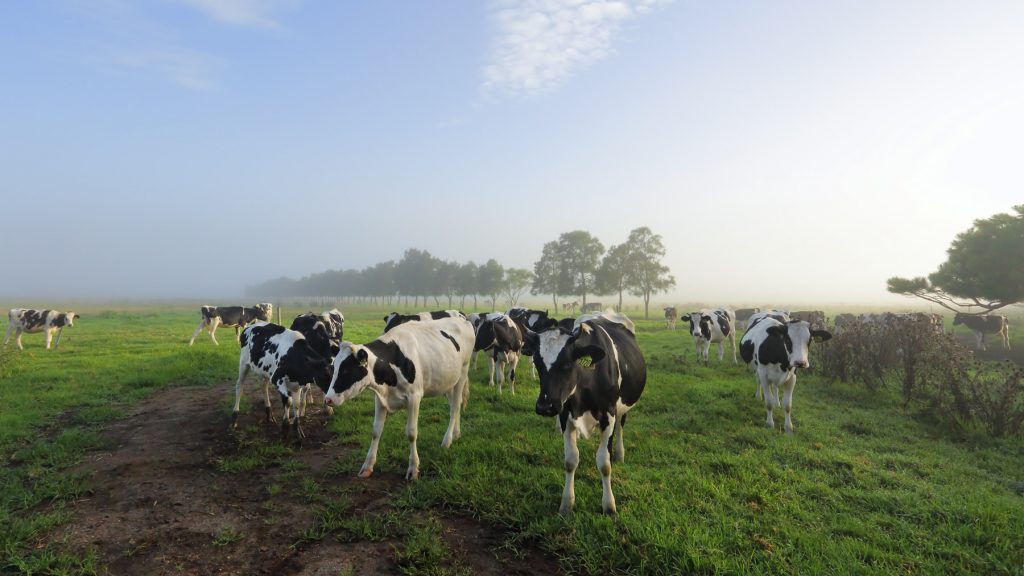
What's wrong with cow's milk?
Dairy has always been a household item in modern Australia, supported by the immense number of cows grazed across the country, both for milking and beef. Land used for grazing animals accounts for 54% of the country - over 4 million square km. Many of these animals end up being exported around the world for beef, but there's still no shortage here at home. If we were looking for the most locally sourced Canberra milk, dairy would win.
The trouble with cows is that globally their environmental footprint has scored badly. Some sources claim dairy is 3x more destructive than the next best option and scored a global warming potential of 1.14 (that's kg of carbon emissions per 1L of milk). Their effects on climate change have been especially damaging due to methane emissions. Land use and water use required to produce 1L of milk requires 8.9m2/year and 628L respectively, well above even the famously water guzzling almond crops.
On the flip side, incorporating livestock into agricultural systems in an environmentally responsible way can bring about positive change. The Australian Red Meat and Livestock industry have recognised the environmental damage that can occur inside unchecked systems. Their recently released "Carbon Neutral by 3030" roadmap states that since 2005 they have already reduced net greenhouse gas emissions by 57%, beating every other sector in the Australian economy. Their goal is for this to drop further to 0% emissions within the next 8 years. They intend to meet this goal through:
- Carbon capture and storage in soils and plants.
- Increasing the value of trees kept on grazing land.
- Livestock supplements to reduce methane emissions.
- Technology for manure management and methane capture.
- More sustainable land management practices.
- Planting legumes that improve both digestion and soil health.
We also need to consider that large areas of land used for livestock grazing are not suitable for other types of farming. Here in Australia cows are mostly grass fed and consume feed on land that would otherwise not produce food.
Pros:
- Locally sourced & Australian made
- Good source of protein, calcium and vitamins
- That familiar taste that pairs well with coffee
Cons:
- High land use
- High water use
- Potential high greenhouse gas emissions when left unchecked
What we use at Two Before Ten: Canberra Milk
Sourced from: New South Wales dairy farms
We've tried many different dairy sources at our cafes but keep coming back to Canberra Milk. They are by far the most local milk production available, based right here in Canberra.
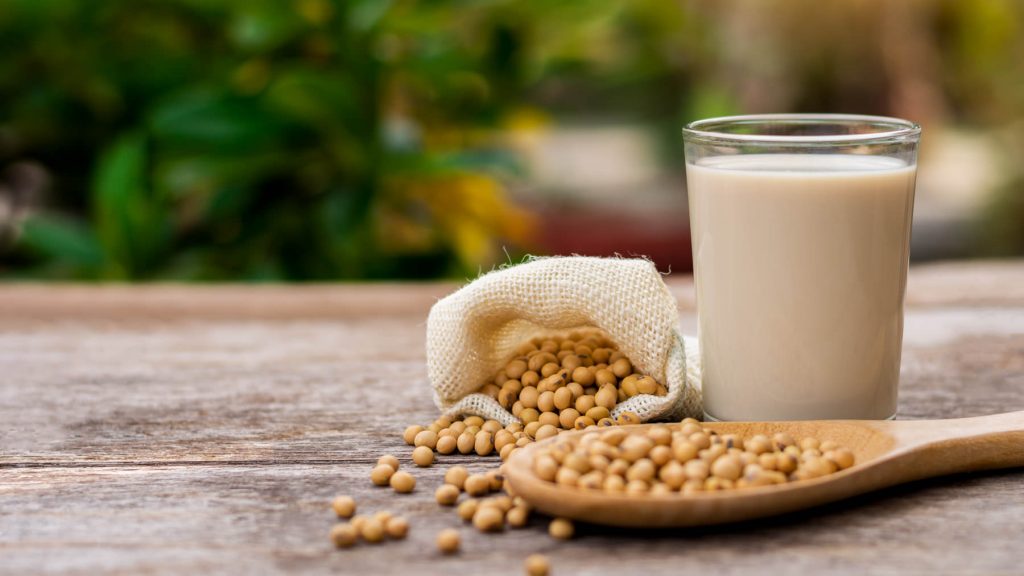
Soy: the original alt milk
Soy has been a staple crop in Asia for thousands of years and used for a wide variety of products. It's nutritionally very similar to cow's milk, easy to grow, requires very little water and as a legume, fixes nitrogen in the soil in the process.
In the past 20 years soybean production globally has doubled - but the sharp increase isn't due to an increased appetite for tofu and soy milk. The vast majority (around 77%) of soy is grown for animal feed, with only 2% eventually becoming soy milk. This rapid growth is a particular issue in tropical regions, where it's one of the biggest causes of deforestation.
Besides South America, soy is also grown in China, Russia, and in the USA Midwest wheat belt in rotation with corn. It's almost always grown as a monoculture with the use of pesticides, but organic options can be found. Ultimately, soy performs well in regards to soil health and water consumption, but this is mostly cancelled out by the unsustainable use of synthetic chemicals and transport emissions.
Pros:
- Very low water needs
- Nitrogen fixing plant
- Good source of protein, calcium and vitamins
- Can be grown in a variety of climates
Cons:
- High greenhouse emissions from transportation
- Grown in monoculture
- High use of synthetic chemicals involved in farming
What we use at Two Before Ten: Bonsoy
Source: organic soybeans grown in USA & Canada, made in Japan
Bonsoy has a very strong following amongst Australian coffee drinkers. Whilst it is organic, the transport distances involved in getting this product to Australia are immense. We have trialled more local soy milks at our cafes in the past but Bonsoy always wins out by customer request in the end.
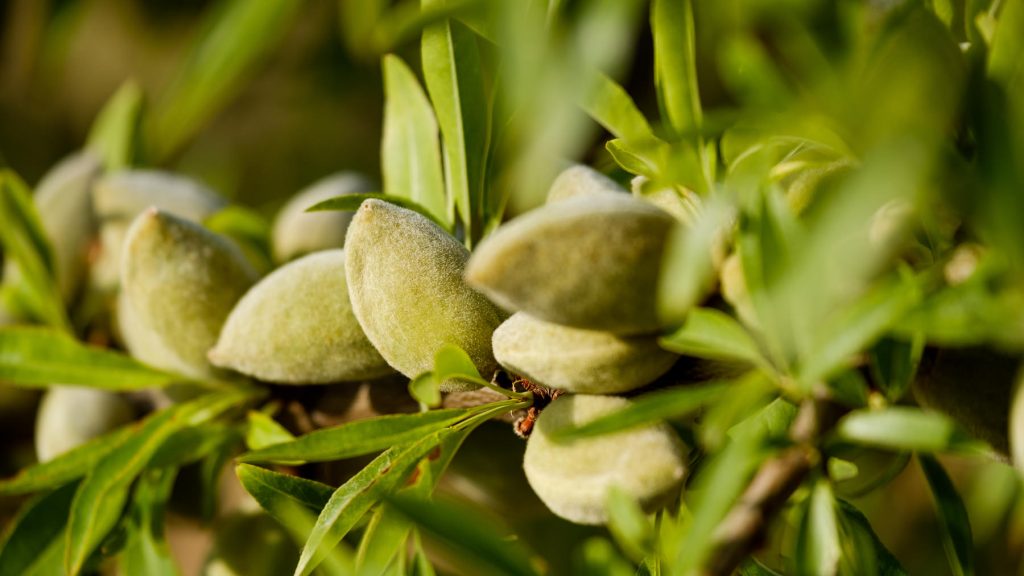
Controversy for almond milk
This nut mylk has gained lots of popularity in recent years, but new insight into its environmental effects has caused consumers to start looking elsewhere. It only takes a small percent of almonds to make milk, but even so, it's not the saviour we were hoping for.
The main problems with almond trees are its water usage and its relationship with bees. Almonds are thirsty plants, but they also require a hot climate with low humidity. In drought-stricken California, where 90% of the world's almonds are grown, orchids are flood-irrigated leading to an immense waste of a precious resource. In Australia we also have the ideal almond-growing climate along the Murray-Darling basin. The orchids here are drip irrigated, yet still require over 2600L of water for every kilogram of almonds - an additional strain on the already over-utilised river system.
Bees are the prime pollinators for almonds and play a vital role in the production of the crop. If the trees were just a part of a forest this wouldn't be an issue. Growing in a monoculture however, requires spraying of herbicides such as glyphosate which is toxic to bees, potentially leading to millions of bee deaths every year. The almond flower also doesn't provide all the nutrition a bee colony needs and results in weaker hives. This isn't as big an issue in Australia as it is overseas with our strict regulations, but still plays a part in the health of our local environment.
With all these negatives you could wonder why we use almond milk at all - but it’s not all bad. Productivity per hectare is high and growing almond trees requires very little greenhouse gases.
Pros:
- Very low greenhouse gas emissions & global warming potential
- Low land use
- Grown in Australia (check the label)
Cons:
- High water needs (particularly considering the dry climate required to grow)
- Detrimental effect on bees
- Often overly sweetened
What we use at Two Before Ten: Alternative Dairy Co.
Source: grown in Victoria and South Australia, made in Victoria and New South Wales
We solely use Alternative Dairy Company for almond milk in our cafes and love their company values. Australian owned and Australian grown, they're transparent about sourcing, use natural ingredients and prioritise local.
Stated on their website, “Australia’s also a long way from everywhere else, so it just makes sense to source locally wherever we can. We want to minimise our impact on the environment, which includes reducing carbon miles and not importing things from overseas when there are as good – if not better – ingredients available here in Australia.”
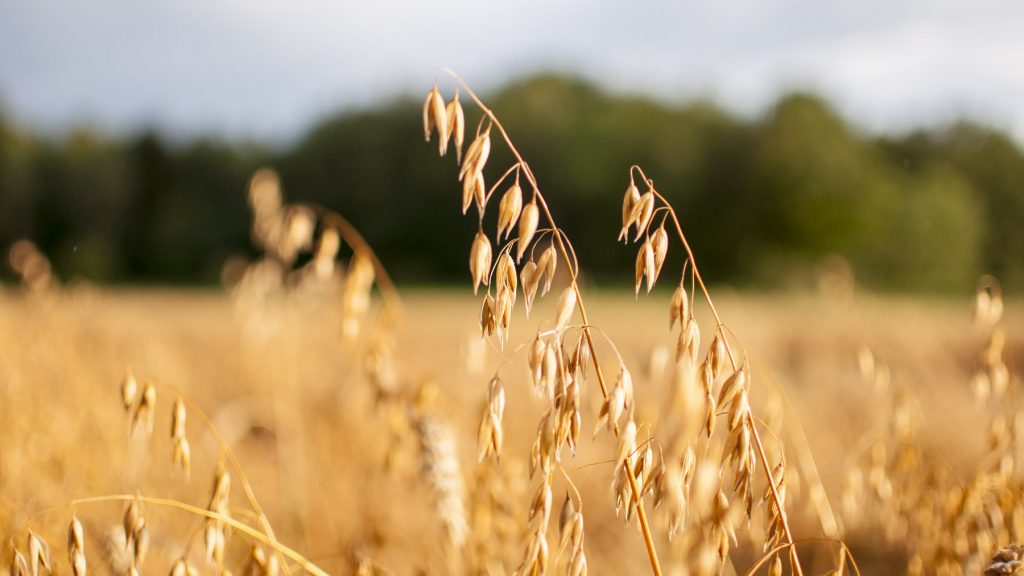
Oat milk puts its competitors to shame
Taking Australian cafes by storm is the newcomer, oat milk. It's loved by baristas for it's creamy texture and mild taste and is increasingly the go-to option for the younger demographic. Oat milk is nutrient dense, low in fat, high in fibre and comparable to cow's milk for calcium. It's an excellent crop to be grown in Australia due to it's very low water needs and ability to grow in cooler climates. The University of Oxford rates this grain-sourced beverage as the most sustainable option when it comes to milk.
The biggest issue with oat is the way we grow it. As with soy and almond, oats are grown in large-scale monocultures and require large amounts of glyphosate herbicides. This tarnishes its environmental credentials because it can cause glyphosate-resistant species to proliferate. Crop rotation can be used as a method to counterbalance this issue. There has also been talk about deforestation to clear way for oat crops, but (similar again to soy) the majority of oats grown are used for animal feed. So the less demand we put on the livestock industries, the less pressure there will be on this crop.
Pros:
- Very low water usage
- Low greenhouse gas emissions
- Good nutrition
- Can be grown in cool climates
- Grown in Australia (check the label)
Cons:
- Reliance on glyphosate when grown in monoculture
What we use at Two Before Ten: Alternative Dairy Co.
Source: grown in Victoria and South Australia, made in New South Wales
Alternative Dairy Company were a key player in boosting the popularity of oat milk in Australia recently. Promoted as their most sustainable milk, they use GMO-free Australian grown oats. We originally started using Minor Figure's oat milk but switched due to the high transport emissions from UK shipping.
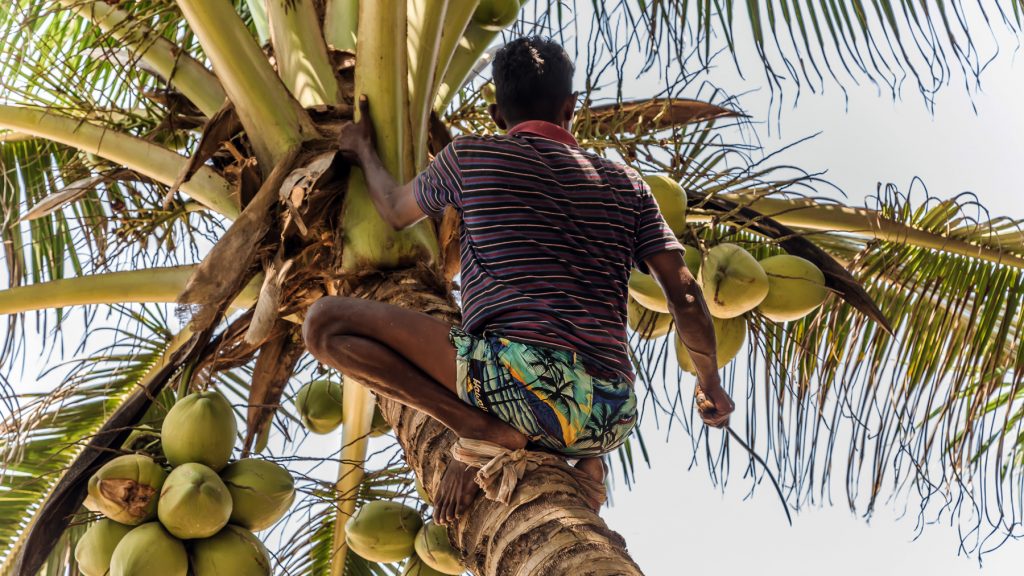
Coconut milk is a mixed bag
Coconut milk is not a common option to see in cafes, mostly due to its distinctive flavour that doesn't always pair well with coffee, but it's worth mentioning here for its unique attributes from a sustainability perspective.
Palms that produce coconuts can only be grown in the tropics, which includes parts of northern Australia. The nuts grow year round, often amongst other crops, and can produce 22L of milk per tree, with the productivity for each tree lasting 60 years or more. They grow in areas with plentiful water, require very little land and every part of the coconut is utilised. All this combined with the fact that the palms are excellent CO2 filters means coconut milk has a very low environmental impact.
However, the sustainability of tropical grown crops can start to go downhill when demand increases. Small producers in lower-economic countries exporting modest yields can make a good living. But when bigger companies move in and take over operations from farmers, the situation becomes ripe for worker and environmental exploitation. History has shown, when coconut suddenly became the oil of choice in western countries, that deforestation in biodiverse rainforest regions skyrocketed and small producers were driven out. For this reason, it's important to choose coconut products from reputable companies who are transparent about their sourcing. Kokonut Pacific in the Solomon Islands are a great example.
Pros:
- Low land use
- Uses naturally available water
- CO2 negative, excluding transportation
Cons:
- Potential for deforestation in biodiverse areas if demand increases
- High transport emissions if living outside of tropical regions
While the demand for coconut milk in our cafes is too low to offer it a milk option, we do use other products from Kokonut Pacific such as their coconut sugar. It's an ingredient in our house-made Hot Chocolate, Sticky Chai and Kombucha drinks. We've been proudly buying from this company since 2016.
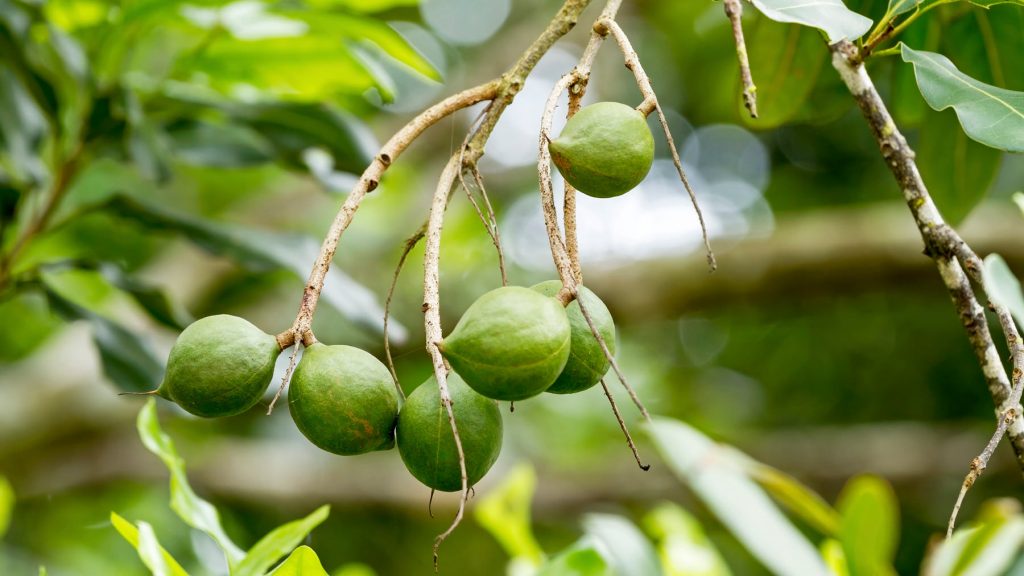
Other plant-based milk options
It's amazing the range of alternative milks we have access to these days. Other noteworthy mylk mentions include macadamia milk, hazelnut milk, cashew milk, rice milk and hemp seed milk.
Macadamia and hazelnut milks can be excellent options when grown in their native climates. Still in low demand, they're mostly produced by small scale farms and a more expensive choice. They're pollinated more sustainably than almonds through wind, birds and small insects. Macadamia in particular is one to keep an eye on for Australian consumers as it has an important role to play in supporting native bee populations.
Cashew milk doesn't carry a lot of positive aspects beyond modest land use. It's labour intensive, low paid and often dangerous. The mostly female workers must navigate handpicking the cashews from their poisonous fruits, often causing acid burns in the process. Cashew production is concentrated in Vietnam, India and the Ivory Coast so besides the issue of worker exploitation, transport emissions are high.
Rice milk uses very little land but has a high demand for water and high emissions. Its nutritional value is very low and has a high carb and sugar content, even if not sweetened. Methane-producing bacteria reproduce in large numbers throughout rice paddies - the major cause of high emissions. The main selling points for rice milk are its hypoallergenic properties and the fact that it's very cheap.
Hemp milk could be a game changer in coming years. It's grown very similarly to oats and boasts many of the same benefits. In addition, hemp improves soil structure, doesn't require much pesticides and is water efficient. The by-products can be utilised for textile fibres, construction, paper pulp and hemp plastics, meaning very little of the crop is wasted. Nutritionally it also scores well, being high in iron, protein, magnesium and healthy fats. It's not well known for tasting great, so that might be its biggest barrier to a wider market.
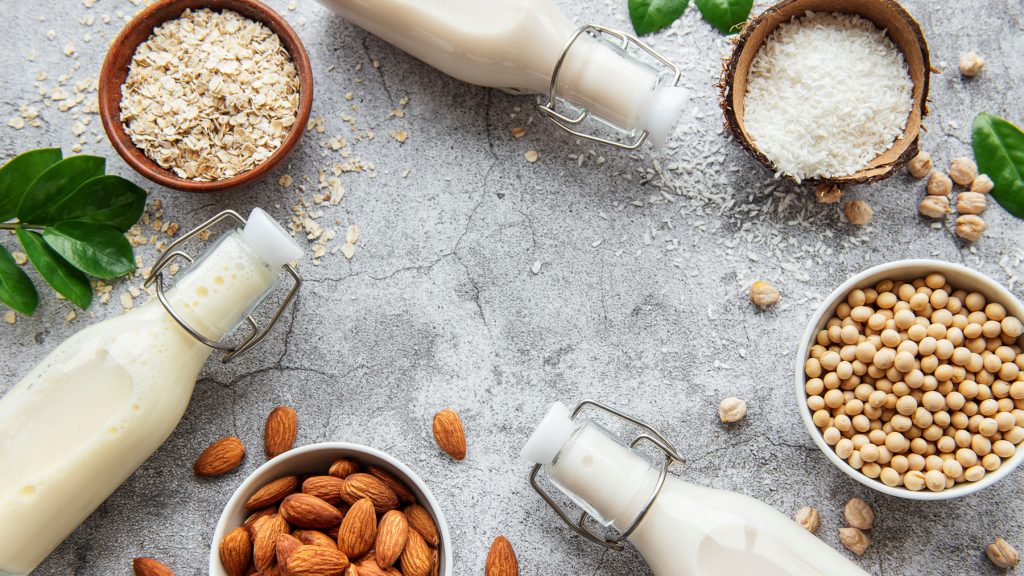
So which milk is the most environmentally friendly?
There is no perfect option when it comes to alternative milks. While there are some excellent options out there, the nature of mass-produced products makes it very hard to find a golden candidate that ticks all the sustainability boxes of locally sourced, low carbon emissions, low water usage, no deforestation and improved soil fertility. What we do know is that buying from smaller companies that were founded on their sustainability values is usually a good choice. Hyper-locally sourced is also a great option if that's something you have access to.
One very important takeaway is the value of diversity. None of these crops or systems would be sustainable if we all switched to it today. By sourcing different products that grow in different regions we can spread our demand across a variety of environments, avoiding too much of a strain on any one of them.
